Wizard
Wizard Entertainment
1991 - 2011
When Wizard Magazine launched in 1991, comic book collectors flocked to it as the ultimate resource for industry news. We anxiously awaited every issue to see which of our favorite characters would be granted the covetous cover spot, and eagerly flipped through page after page taking in every bit of information we could for upcoming new series, and sneak peaks at current ones.
Even if you felt that the price guide was nonsense, or that the articles were often construed as biased, one thing was for sure - There was no other place to get your monthly comic book news from. As such, Wizard took off like a blast from a cannon.
Interestingly enough, Wizard Zero (above left and middle) was published long after the first issue (above right and below left) hit newsstands.
Big changes occurred in the magazine with issue number seven which did away with its low quality black and white printed pages. Now each issue was presented in full color with glossy paper, and was backed by upcoming comic companies such as Image and Valiant who heavily promoted their releases through the magazine. Several of these "hot" artists even contributed cover art showcasing their all new characters and series.
Issue number six (above right and below left) would be the first of many issues to have multiple covers.
The infamous issue number 10 (above right) by artist Rob Liefeld sparked a bit of controversy in the comic world when it featured the Marvel character Cable alongside the Image character Shaft. Of course, Liefeld himself has been known to cause quite a bit of controversy in the industry as a whole.
Issue 16 (above) would be the first of many Wizard cover's to sport a gatefold image. Most gatefold covers were the equivalent of two pages, while others spanned as many as three (aka trifold).
Issue number 23 (above) was the first to feature a trifold cover.
Beginning with issue 31 (above and below left), multiple covers pretty much became the name of the game for Wizard. Several of the magazines had anywhere from two to four covers for each release - Something that collectors quickly found annoying.
Multiple covers and chase variants were quickly doing vast amounts of damage to the comic book industry as a whole during the mid 90's, turning the hobby into more of a cover gallery collection than that of collecting books that were actually good. As such, when Wizard started making it a mainstay feature with their magazine it became a problem for some readers. In a sense, Wizard was establishing themselves as a collectible - Something that many don't agree to be the case.
Issue 48 (above) was the last issue to feature a gatefold cover.
Issue 54 (above) was the last issue to feature a trifold cover.
A "problem" that was slowly coming to light, and would soon consume the whole magazine was the shift in which it was taking to be more of a pop culture magazine than the "Guide to Comics" Wizard original professed to be. This turned many readers off, but in turn brought in many more - A supposed acceptable loss as far as Wizard Entertainment was concerned.
Wizard hit issue 100 in January of 2000 (above right and below left). Sadly, the celebration was not as extravagant as readers had hoped it would be.
With the release of comic book based movies, Wizard only moved further and further towards reporting on television and films, and further and further away from reporting on comics. The decision to cover X-Men the movie pretty much cemented the direction in which the magazine would go in the future.
Stapled magazines replaced the "perfect bound" style in January 2006 with issue 171 (above left and middle). Issue 172 was a sneak peak at the upcoming Superman Returns movie starring Not Christopher Reeves (above right).
In January of 2006 the magazine did away with its "perfect bound" style of issues, and instead went with a traditionally stapled magazine. The decision for this was based on pages being added, which made each issue thicker than ever. It was probably also a cost saving measure as it's far easier to staple things than to binde them with glues and adhesives.
When Wizard began publishing articles about Lost (above right) and Horror Movie Heat (below middle), comic book fans pretty much knew that the guide to comics was long gone in place of a pop culture magazine. Though it wasn't the ultimate ending for press on the comic book industry, it was most assuredly less about the books, and more about what was on TV or in theaters.
2006 also brought with it heavy blows to top tier staff at Wizard as well as ten percent of its regular staff. Between 2006 and 2008 Editor-in-Chief and co-founder Pat McCullem, Editor Brian Cunningham and Editor/Former Staff Writer Mike Cotton were all fired from the magazine with no explanation given to the public. In February of 2007, Scott Gramling stepped in to take the role of Editor-in-Chief.
Though many claim that issue 200 (above left and above middle) was a shift towards better horizons for the magazine, others strongly disagree claiming that it was just more nails in the coffin.
With issue 200 came a stronger shift back to upcoming comics as well as industry related movies. Sections were done away with completely, such as Magic Words, which was replaced with Fan Mail.
Issue 228 (above left) would be the beginning of the end for Wizard Magazine.
Wizard Magazine was re-launched in August of 2010 with issue number 228. The magazine went back to its comic book roots, promising to focus strictly on relevant subject matter of comics, films and TV. Sadly by this time many readers had moved on, and Wizard was barely treading water.
On January 24, 2011, Wizard confirmed that it would end its run with issue 228 (above right). It was a decision that many saw inevitably coming for a long time. The magazine rose and fell several times during its (almost) twenty years. And though it didn't appeal to all of its readers all the time, and even lost as many as it gained on the way, it still stood the test of time to be a highly memorable magazine for so many comic book and pop culture fans.
But, what really killed Wizard Magazine? Industry experts such as Gary Dills of Laughing Ogre Comics says the internet was the biggest culprit. With the advancement of the internet, and a fair dose of industry insider leaks, up to the minute information became just a click away. By the time that Wizard hit newsstands, it was unfortunately reporting on old news.
Prices may have also played a huge part in its demise. By the end of its run, Wizard was costing readers in the US alone upwards of $5.99 per magazine (before tax). By 2011 the economy was pretty much taking a bite out of everyone's wallets as many struggled to stretch dollars as far as they could go. Things such as magazines quickly became something that people could do without - Especially going back to the first scenario of the internet being readily available to the majority of the world.
The above and below photos serve as an honorable mention for the numerous specials that Wizard released during its long run.
Join us next time when we take a look at Hardened!
Click "HERE" to go back to the home page. For more posts related to this one, please click the labels below.




















































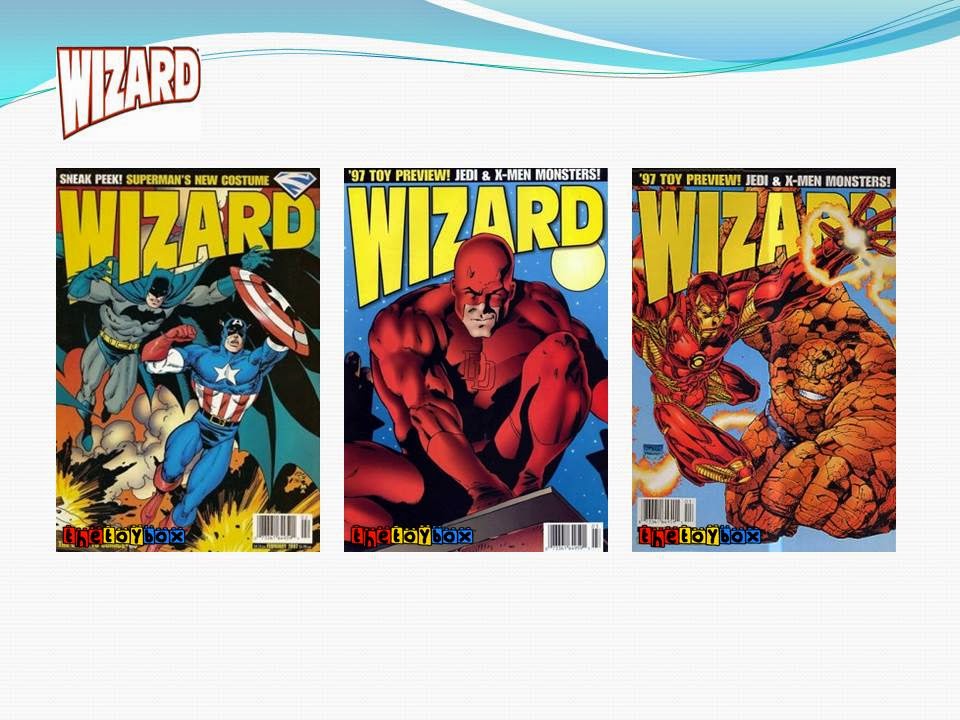

















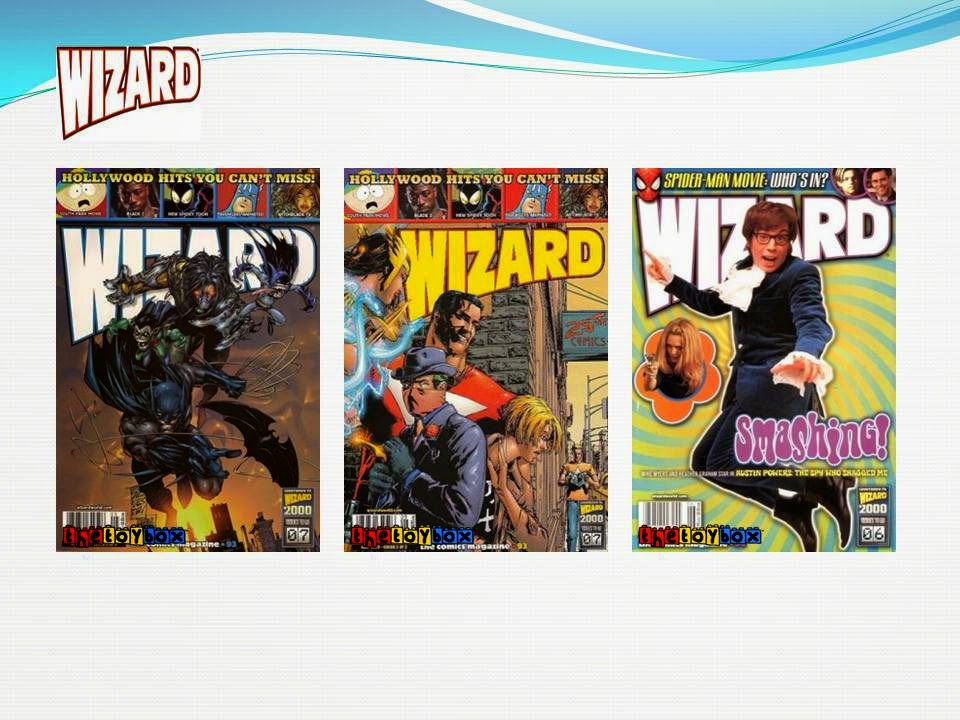


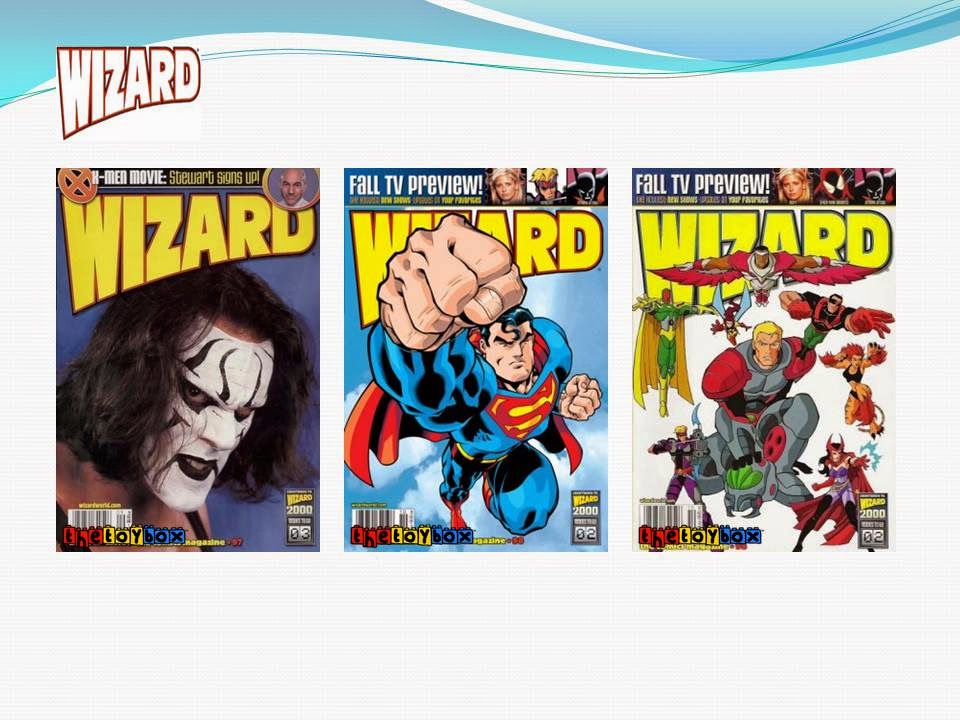











































































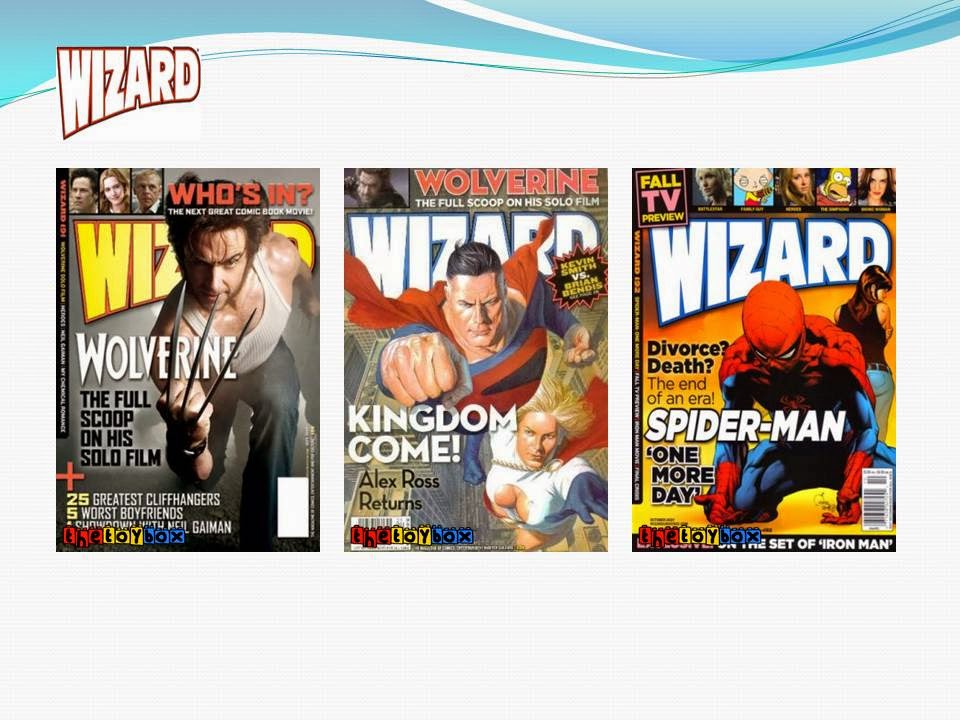































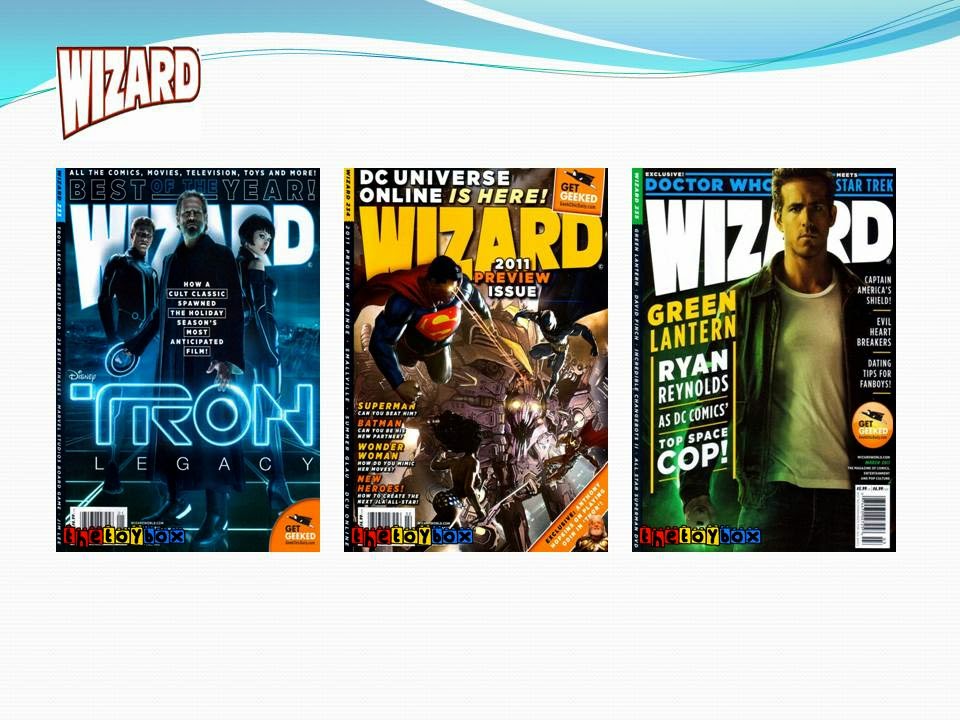



No comments:
Post a Comment